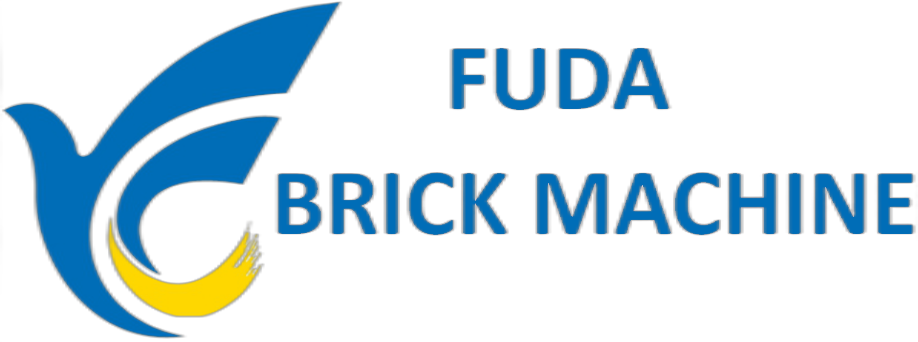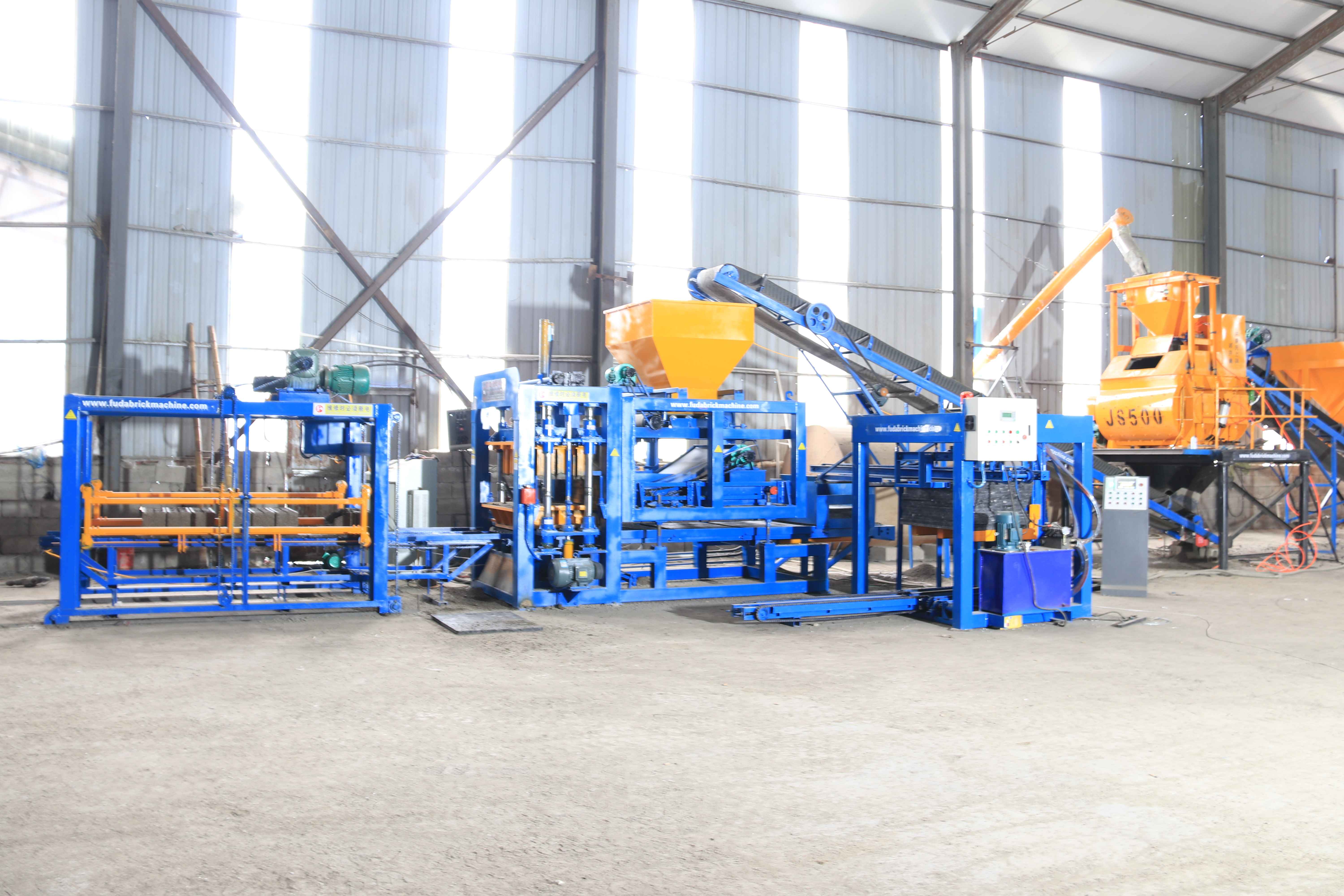Understanding ROI in Semi Automatic Block Making Machine Investments
Defining Return on Investment (ROI) in Block Manufacturing
ROI in block production measures how efficiently semi automatic block making machines convert capital into profit. These systems produce 300–600 blocks/hour—2–3 times faster than manual methods—while reducing labor needs from 3–5 workers to just 1–3. This 200–300% productivity gain, supported by industry benchmarks, directly accelerates payback periods and strengthens financial performance.
Initial Investment vs. Long-Term ROI: What Manufacturers Should Expect
Semi-automatic systems require an upfront investment of $18,000–$35,000—35–50% less than fully automated alternatives—and typically deliver ROI within 26–34 months. According to a 2024 equipment analysis, they reduce labor costs by 25% per 1,000 blocks compared to manual operations and incur 40% lower maintenance expenses than full automation, enhancing long-term profitability.
Cost-Effectiveness of New vs. Used Semi Automatic Block Making Machines
| Factor | New Machines | Used Machines |
|---|---|---|
| Purchase Price | $18k–$35k | $12k–$22k |
| Warranty Coverage | 2–3 years | Typically expired |
| Production Reliability | 98% uptime | 82–88% uptime |
| ROI Timeline | 26–34 months | 18–24 months |
New machines offer superior reliability and longer service life (10+ years vs. 5–7), minimizing unplanned downtime. However, certified refurbished units from trusted suppliers can achieve up to 93% of new-machine performance with payback periods shortened by nearly 30%.
Labor Cost Reduction and Operational Savings with Semi Automation
How Automation Reduces Dependency on Manual Labor in Block Production
Block making machines that are semi automatic take care of important steps such as filling molds and compressing materials, which cuts down on manual work requirements by around 40 to 60 percent compared to older techniques. Fully automatic versions need only one or two people working each shift, whereas their semi automatic counterparts typically require three to five workers. This middle ground approach helps ease pressure on the workforce while keeping employment levels stable. What's interesting is how it frees up staff for other critical roles like monitoring product quality and performing regular equipment checks, ultimately making operations more robust against unexpected issues.
Quantifying Labor Cost Savings Over Time
A typical two-shift operation saves approximately $52,000 annually in labor costs (based on $10/hour wages and 260 workdays). Over five years, these savings cover 60–80% of the machine’s initial cost. Importantly, semi-automation avoids the $30,000–$50,000/year technician salaries often required for fully automated systems, preserving margins without sacrificing output.
Balancing Automation and Workforce: Addressing the Employment Paradox
About 70 percent of current jobs stay intact when semi automatic systems come into play, but workers tend to get way more productive too something like triple or even quadruple what they used to produce. That's why these systems rule the roost in almost half the world market according to Future Market Insights from 2025, particularly where places prefer slow and steady tech upgrades rather than going all in at once. Smart businesses are now rolling out AR based training programs so their staff can learn how to spot problems and fix them on the fly. What this does is transform regular labor expenses into valuable technical skills that actually boost a company's competitive edge in the long run.
Increased Production Capacity and Business Scalability
Production Speed and Output Consistency of Semi Automatic Block Making Machines
Semi automatic block making machines can churn out around 400 to 600 blocks every hour, which is roughly three times quicker compared to traditional manual techniques. These machines maintain dimensional accuracy within about plus or minus 2%. According to research published in the Construction Materials Journal last year, this level of precision actually cuts down on material waste by somewhere between 15 and 20 percent. What makes these semi automatic systems particularly useful is that they differ from their fully automatic counterparts which need long periods for recalibration when adjustments are needed. Operators working with semi automatic models have the flexibility to tweak mold settings right in the middle of a shift. This means production doesn't come grinding to a halt whenever there's a need to change designs or specifications during operations.
Scalability Advantages Over Manual and Fully Automatic Systems
Incremental automation through semi-automatic machines enables flexible growth:
- Cost Flexibility: Add 2–3 units for $18k–$25k versus $120k+ for full automation
- Labor Hybridization: One operator can manage three machines, cutting per-unit labor costs by 40%
- Demand Responsiveness: Scale output by 30–50% within 48 hours using idle capacity
A 2023 industry analysis found that manufacturers using such flexible systems reduced capital lock-in risks by 62% compared to those investing heavily in full automation.
Case Study: Output Increase at a Leading Concrete Product Manufacturer
After deploying four semi-automatic machines with interchangeable molds, a Jiangsu-based manufacturer achieved:
- Daily output rising from 3,200 to 4,500 blocks
- Changeover time between block types dropping from 45 to 12 minutes
- An 18% reduction in energy costs via optimized batch processing
This approach generated $227,000 in annual savings while retaining all employees—demonstrating scalable growth without job cuts or over-investment.
Operational Efficiency Through Balanced Automation
Automation Levels in Semi Automatic Block Making Machines Explained
The machines handle those tough jobs such as mixing and molding, yet still need people watching over things when it comes to stacking blocks and checking quality. What this setup does is cut down on how much physical work employees have to do, around 40% according to the latest survey from Block Manufacturing in 2024. Plus, it keeps things from getting too complicated compared to going all in on complete automation. Workers stay involved throughout the curing process and between batches, which means they can spot problems early if there are changes in what goes into making the blocks or if customer orders suddenly shift requirements.
Optimizing Efficiency Without Over-Automating
Too much automation isn't always better. According to the 2023 report on automation efficiency, factories that went overboard with their automation actually ended up spending about 20 percent more on maintenance and experienced around 15% more downtime compared to those who were more measured. The real benefits tend to show up when companies automate the boring, repetitive stuff like compression work and vibration monitoring, but keep humans in charge for special orders or when materials need adjusting. Many leading manufacturers have found success by combining automated processes with old fashioned hands-on quality checks. This hybrid approach allows them to keep their machines running at roughly 92% capacity overall, which is pretty impressive considering all the variables involved in manufacturing operations today.
Full Automation vs. Semi-Automatic: Finding the Operational Sweet Spot
The fully automatic systems crank out around 1,200 to 1,500 blocks per hour, which beats the semi-automatic ones that manage only 800 to 1,000 blocks in the same timeframe. But here's where things get interesting: those semi-automatic machines actually use about 60 percent less energy and cost roughly 35 percent less upfront according to the latest Concrete Machinery report from 2024. What makes them even better is their flexibility factor. Operators can switch out molds in just under 15 minutes flat, whereas changing configurations on an automated line takes anywhere between two and four whole hours. Industry insiders have noticed this trend too. A recent poll of 142 different block manufacturers showed that nearly seven out of ten companies stick with semi-automatic setups when working on shorter term projects lasting less than 18 months because they strike that sweet spot between getting the job done quickly enough without breaking the bank or sacrificing too much adaptability along the way.
Faster Project Turnaround and Market Responsiveness
Consistent Production Output Enabling Faster Project Completion
Semi-automatic block making machines reduce project timelines by 20–30% through reliable hourly output of 1,200–1,500 blocks. By eliminating fatigue-related gaps, they cut average housing project completion times by 19% (Proven SA 2023). Users report:
- 60% fewer timeline overruns on infrastructure jobs
- 98% daily output consistency, far surpassing the 75–80% typical of manual labor
The ROI calculation shows payback in under 18 months when factoring in avoided late-delivery penalties and improved material efficiency.
Meeting Sudden Demand Surges With Scalable Machine Capacity
Semi-automatic machines scale output by 40% within 48 hours—without major retooling—by leveraging:
- Modular die changes (30-minute swaps vs. 8-hour system overhauls)
- Labor-assisted feeding during peak cycles
This agility is vital in regional markets where demand fluctuates by ±25% year-over-year (Solutions Review 2024). Similar semi-automated strategies have enabled automotive manufacturers to respond 50% faster to supply disruptions—a proven model now driving responsiveness in block production.
FAQ
What is the estimated ROI for semi-automatic block making machines?
Semi-automatic block making machines generally deliver ROI within 26–34 months.
How do semi-automatic machines cut labor costs compared to manual production?
They reduce labor needs by handling crucial tasks, saving around $52,000 per year in labor costs for a typical two-shift operation.
Are new machines more reliable than used ones?
Yes, new machines offer about 98% uptime and a longer service life of over 10 years, while used machines generally have lower reliability.
How does semi-automation improve production scalability?
Semi-automation allows incremental growth and enables output scaling by 30–50% within 48 hours, offering flexibility not achievable with full automation.
Table of Contents
- Understanding ROI in Semi Automatic Block Making Machine Investments
- Labor Cost Reduction and Operational Savings with Semi Automation
- Increased Production Capacity and Business Scalability
- Operational Efficiency Through Balanced Automation
- Automation Levels in Semi Automatic Block Making Machines Explained
- Optimizing Efficiency Without Over-Automating
- Full Automation vs. Semi-Automatic: Finding the Operational Sweet Spot
- Faster Project Turnaround and Market Responsiveness
- FAQ

